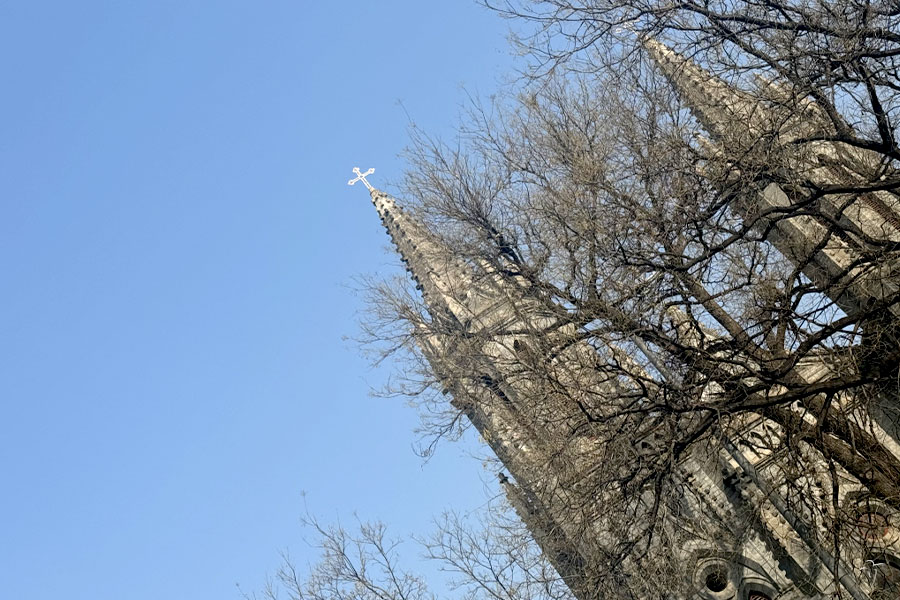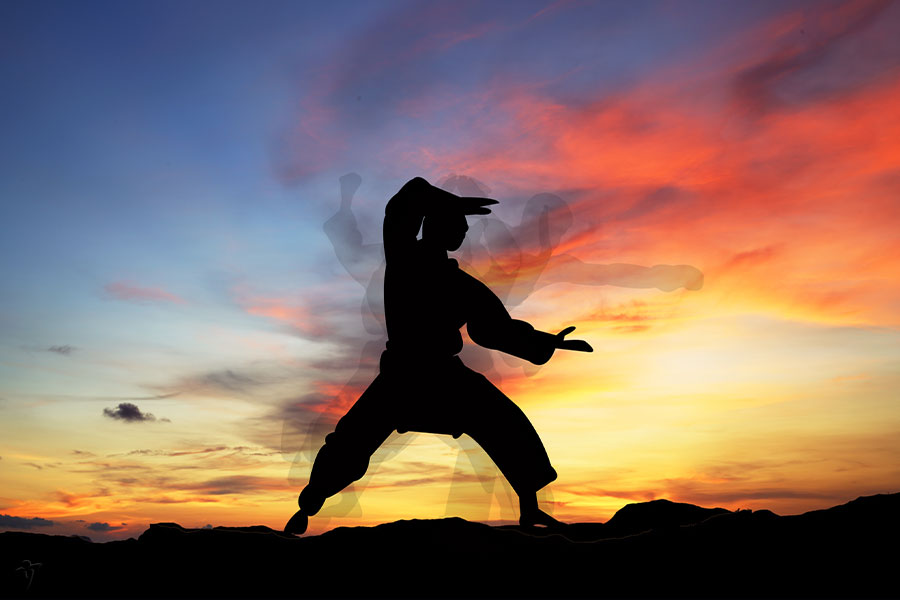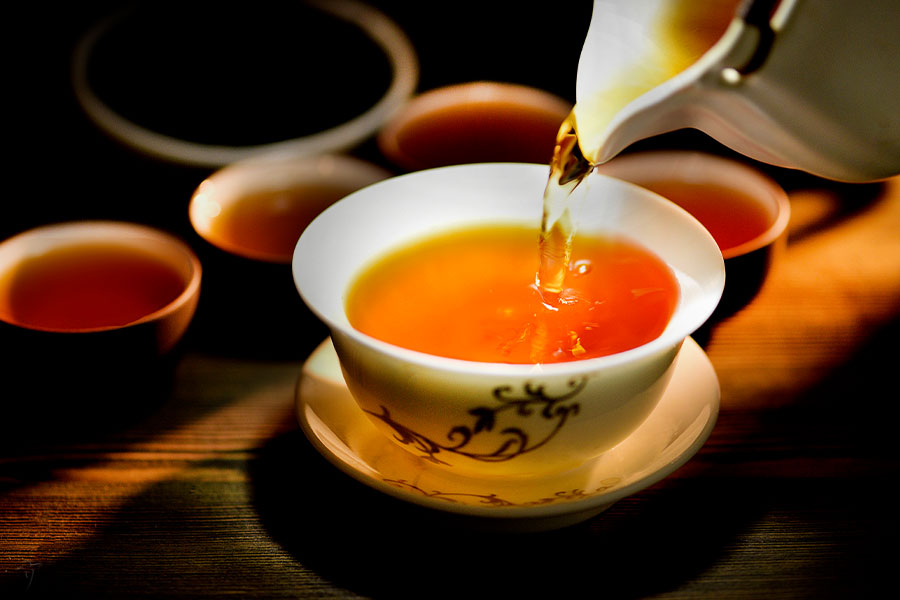Christianity

The Christians in China are in two groups, the Christian (Chinese Protestants) and the Chinese Catholics. The Protestants was first introduced into China in late 19th century after the Opium War; today, in China, there are about 12 000 churches, 25 000 Protestant sites and clubs and 10 million Protestants. As for Catholics, there are about 100 parishes with 5000 opened churches and clubs, 12 academies and nearly 5 million adherents.
In total, about 30 million copies of Bible, 14 million new Hymns as well as other Christian publications and theology references are published in the country.
History and Development of Christianity in China
Nestorius
Christian was introduced to China in records is in 635 during the reign of Emperor Taizong (599-649) of the Tang Dynasty (618-907) by Alopen Abraham from Persia, who was a Nestorian. At that time, a church was built, the Bible was translated into Chinese and other related Christian scriptures were published. Alopen came to China along the Silk Road that the Christian was also spread in the western regions of China among the ethnic groups. Nestorius didn’t see a flourishing in the central area in China for the reason that it was only preached in the court among the senior officials but not the civilians. During the reign of the Emperor Wuzong (814-846) who was a Taoist, like other “foreign religions” such as Buddhism, Nestorius was intolerant and adherents were persecuted that the Christian was discontinued in China.
Catholics
In Yuan Dynasty (1279-1368) established by Mongols, a great quantity of western ethnic minorities migrated to China that the Christian grew again. Italy traveler Marco Polo had described a large number of Nestorians in the capital Beijing, in the vast western regions and in southern China. The Catholic pope of Roman then sent a missionary to China in 1289 and reached in Beijing in 1294 and warmly received by the Emperor. The Catholic was allowed to be preached and churches were built and at the end of Yuan Dynasty, there were over 30 000 Catholics. However, both Nestorians and Catholics were attacked and expelled as the Mongols were hate and against by Han people. Christian was discontinued again.
Catholics came to China once again till 1582 at the late of Ming Dynasty (1368-1644). The Jesuit Mathew Ricci landed in Macau in 1582, and met the Ming Emperor in Beijing in 1583; After Ricci, missionaries went into China continuously and the number of Catholics increased especially in Qing Dynasty (1636-1911) about 300 churches were built. Unfortunately, Catholics was again destroyed and forbidden by the government in 1723 because of the conflict between Christians and Confucians.
Protestants
Though Christian was forbidden in Qing Dynasty, missionaries came to China continuously and the first Protestant arrived in 1807, named Robert Morrison who firstly translated the whole Bible into Chinese. In the second half of the 19th century, the open of the treaty ports brought more missionaries; Christian grew quickly and the Protestants were the dominant of Christians. The leader of the Taiping Heavenly Kingdom (1851-1864) started the rebellion against the Qing government with some Protestant Christian beliefs, and once had a close relation with missionaries. Being a Christian, the founder of the Republic of China Sun Yat-sen also started a comfortable policy towards Christianity, and Protestant developed quickly in China.
After the founding of the People’s Republic of China in 1949, Chinese Christianity developed as an important independent religion of its own under the freedom policy of religious belief.
Related Readings
Top Topics

Chinese Kung Fu
Far and wide known as Kungfu (功夫) all over the world, Chinese martial art is also called Wugong (武功) or Wushu (武术) at home by Chinese people. It ca...

Chinese Tea
Being a vivid Chinese cultural specialty as well as Kungfu and traditional Chinese medicine, Chinese tea has been being developed in China for a lo...

Chinese Cuisine
"Food is the first necessity of the people" is a famous Chinese old saying, which reflects that Chinese have had paid much attention to food si...




